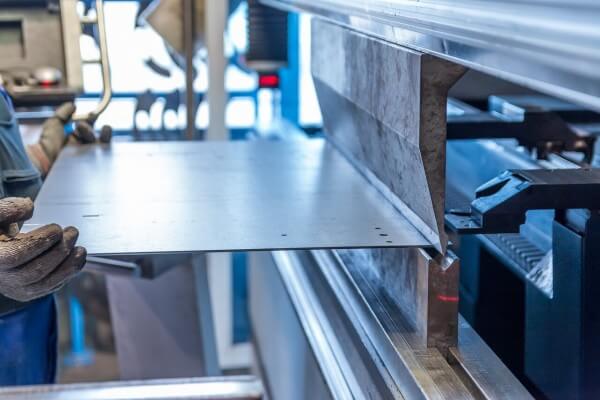All our key safes and key deposit boxes are made of stainless steel (either V2A or V4A). Once our customers have selected the products that suit them from our range, they then have to decide whether they’d prefer the V2A or the V4A variant. Which leads to an all-important question:
What is the difference between V2A and V4A stainless steel?
The first important thing to note is that there are several steels referred to as ‘AISI 304’ or ‘AISI 316‘. Without going into detail, the material number uniquely identifies a material.
We use steels with the material numbers 1.4301, which is also known as AISI 304 (V2A) and 1.4404, which is also known as AISI 316 (V4A).
Nowadays, the term AISI 304 is used to describe all steels that are chromium-nickel alloys.
AISI 316 is used to describe chromium-nickel steel that also contains molybdenum.
Both types of steel are corrosion- and acid-resistant, so all our products are expressly suitable for outdoor use. The addition of molybdenum to AISI316 stainless steel makes it more resistant to corrosion in media containing chloride. That’s why it’s mostly used in coastal regions, swimming pools or even the chemical industry. And it’s also why we clearly recommend using the AISI 316 version near the coast.
The AISI 304 version is adequate for all other areas. Since there’s no loss of quality either, the use of AISI 316is only recommended in areas where there is increased salt content in the air.
You might also be interested to know that stainless steel has been around since the beginning of the 20th century. The descriptions originated in the attempt to produce austenitic steel grades. In Germany the name for AISI 304 is V2A the name for AISI 316 is V4A.
So the ‘V’ simply stands for ‘Versuch’ (the German word for ‘trial’), and the ‘A’ stands for ‘Austenit’ (‘austenite’).

